Cats have fascinated humans for thousands of years, occupying a special place not only in households but also in royal courts across various cultures. These regal animals have been celebrated for their grace, intelligence, and mysterious aura, making them ideal companions for royalty throughout history. This article delves into the rich history of cats as royal pets, exploring their significance in different cultures and periods.
Cats in Ancient Egypt: Divine and Royal Status
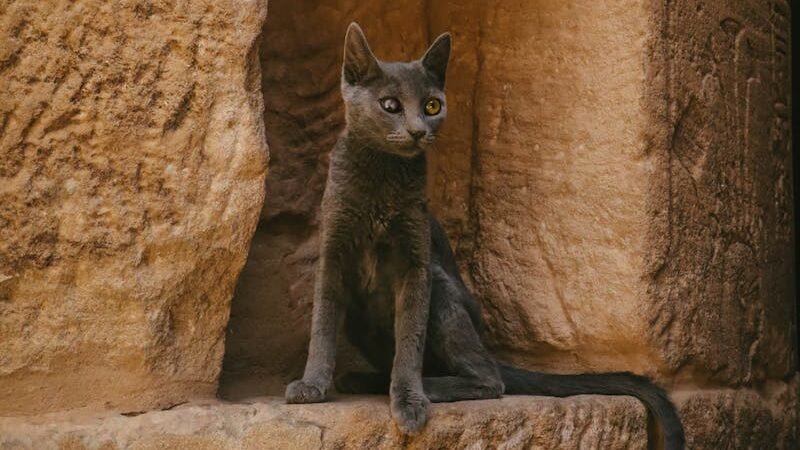
Photo by Mark Yu via Pexels
Ancient Egypt provides one of the earliest and most notable examples of cats being revered creatures. Cats were associated with Bastet, the goddess of home, fertility, and protection. They were considered sacred and were often kept as companions by Egyptian royalty. Killing a cat, even accidentally, was punishable by death, highlighting their esteemed status.
Roman and Greek Aristocracy: Admiration and Utility
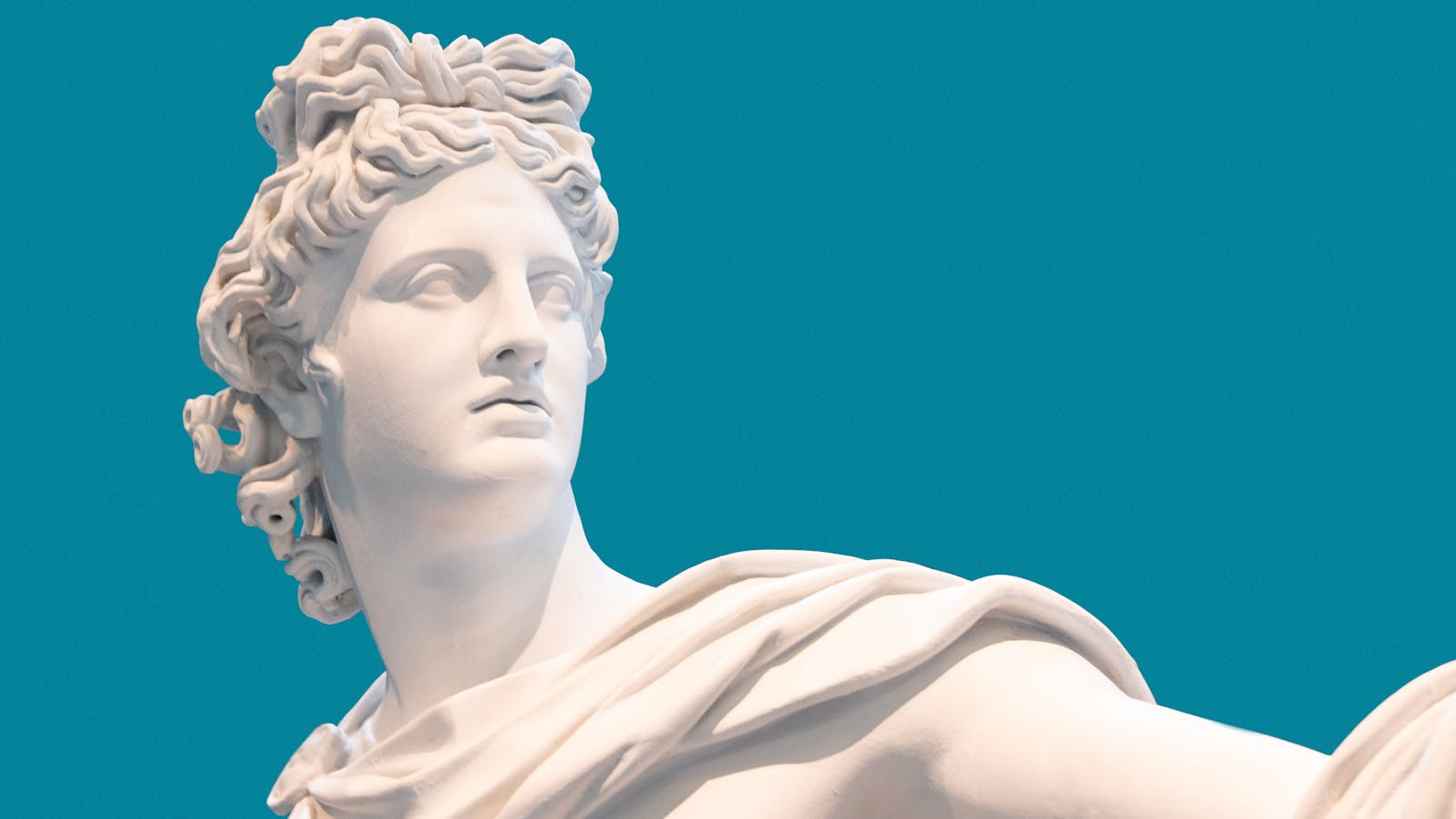
In Ancient Rome and Greece, cats were valued primarily for their utility in controlling pests. However, they soon found their way into the homes of the wealthy and powerful, providing companionship and comfort to the elite. Roman gods such as Diana were sometimes depicted with cats, symbolizing independence and grace.
The Viking Era: Cats as Symbolic Gifts
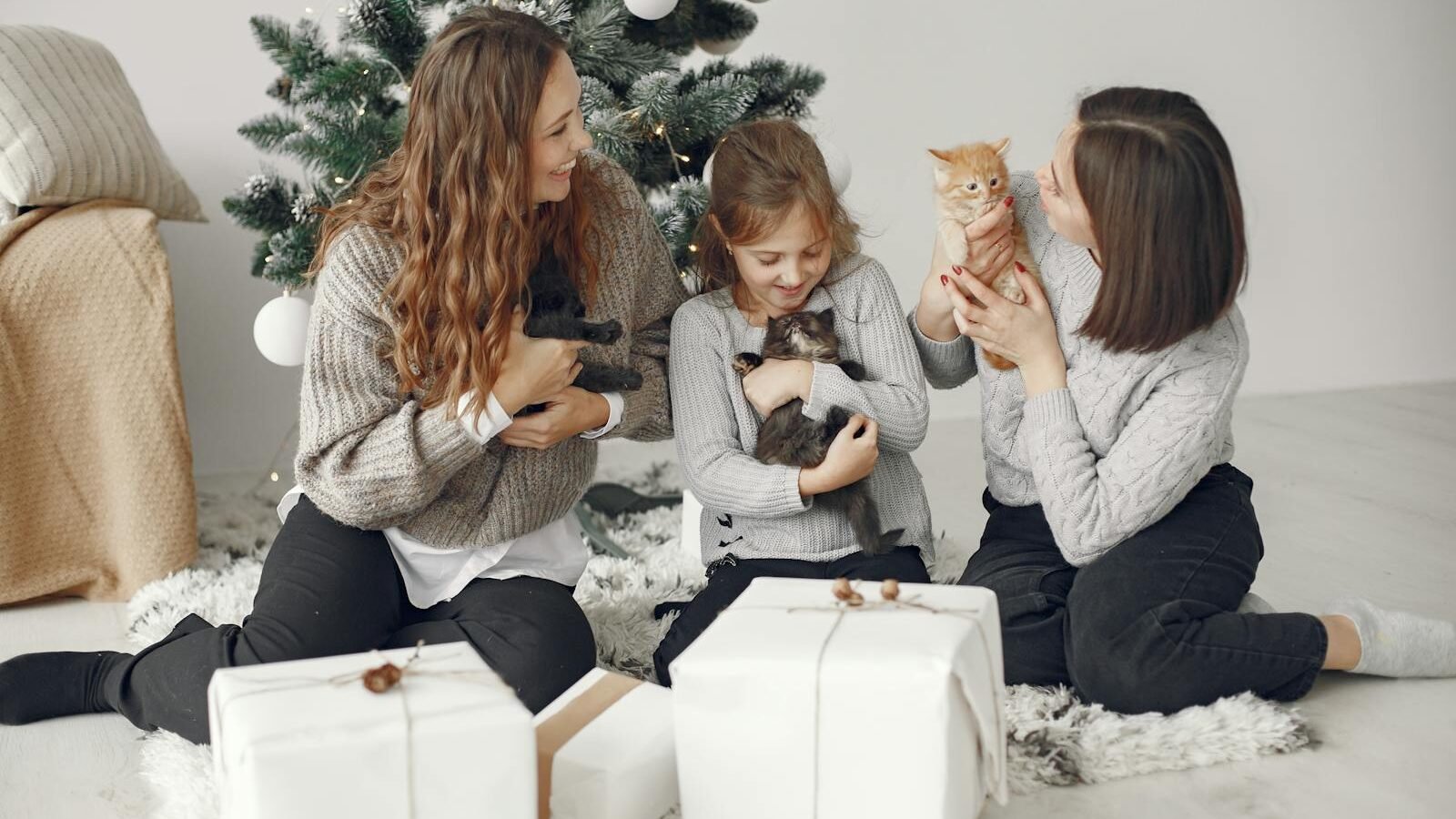
Photo by Gustavo Fring via Pexels
In Norse mythology, the goddess Freyja, associated with love and fertility, rode a chariot drawn by two large cats. Vikings, who believed in this mythology, considered cats to be symbols of good fortune and bestowed them as prestigious gifts. This practice further cemented the cat’s role as a significant companion for the nobility.
Medieval Europe: From Pest Controllers to Royal Favorites
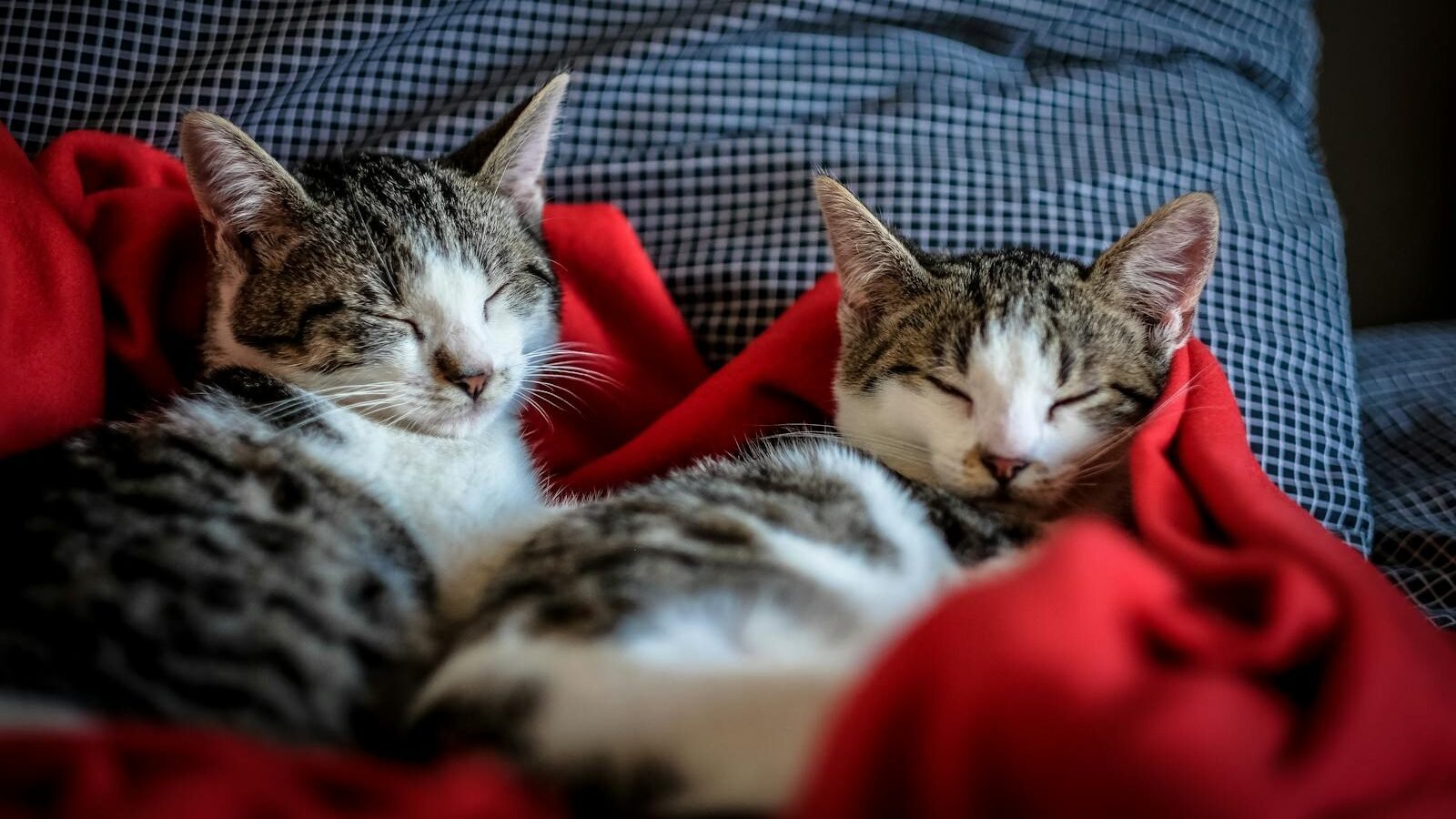
Photo by Francesco Ungaro via Pexels
During the Middle Ages in Europe, cats were initially valued for their ability to manage rodent populations. However, their mysterious nature also led to superstitions linking them with witchcraft. Despite this, many royal families, like the Plantagenets in England, kept cats as cherished pets, contributing to their rehabilitation in popular perception.
Renaissance and Enlightenment: Cats in Art and Literature
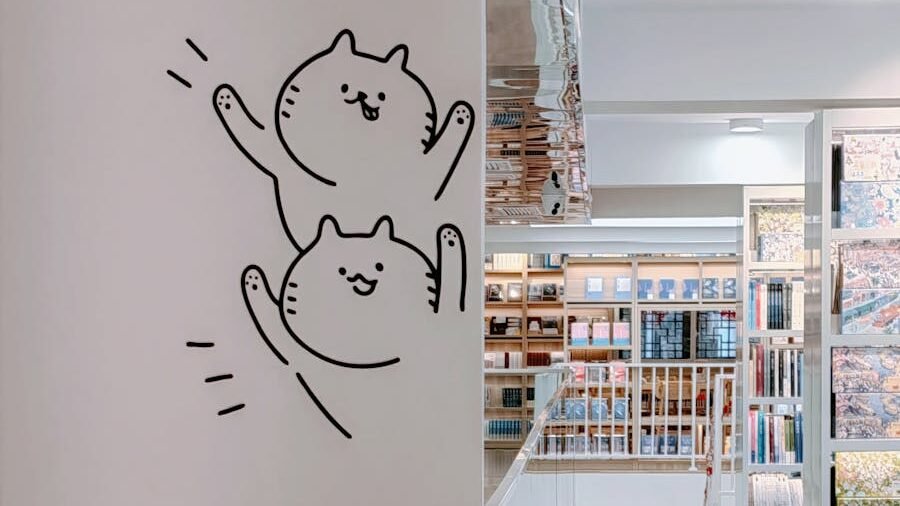
The Renaissance era saw a rekindling of interest in art and literature, where cats often featured as subjects, reflecting their esteemed status among artists and intellectuals. They became symbols of curiosity and independence, admired qualities that mirrored the philosophical ideals of the Enlightenment.
Asian Courts: Guardians and Good Fortune
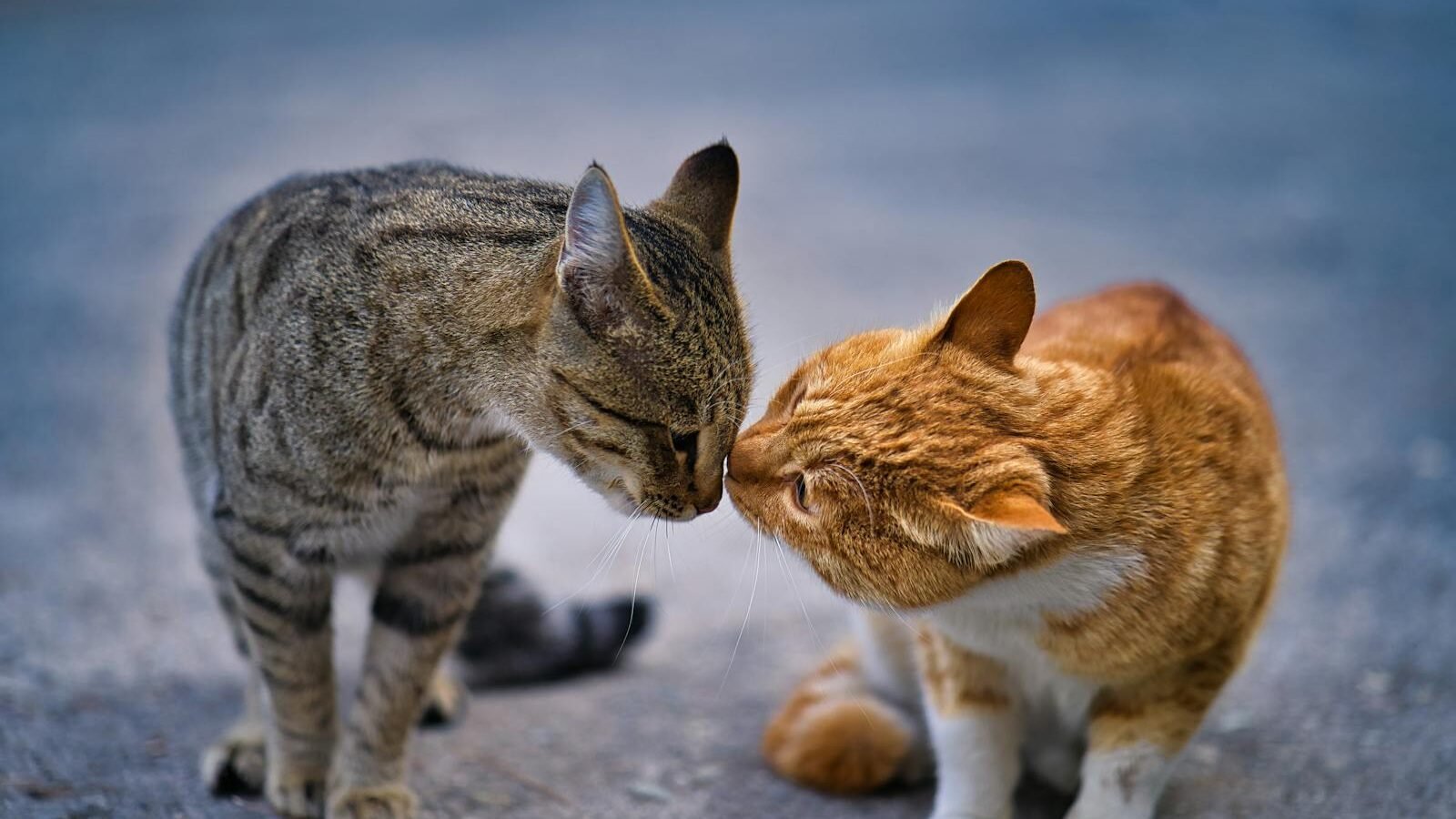
Photo by Akbar Nemati via Pexels
Cats held a special place in Asian cultures, particularly in China and Japan. In Chinese palaces, cats were believed to bring good luck and prosperity, while in Japan, they were kept not only for companionship but also to protect valuable manuscripts from mice. The Maneki-neko, or “beckoning cat,” remains a popular symbol of good fortune.
Cats in the Islamic World: Revered by Scholars

Photo by hicret via Pexels
In Islamic culture, cats were cherished companions, as Prophet Muhammad was known to be fond of them. Islamic scholars often kept cats, valuing their cleanliness and ability to coexist with humans. They were considered guardian animals and were allowed in mosques, further enhancing their esteemed status.
Colonial and Modern Eras: Cats in Western Royalty
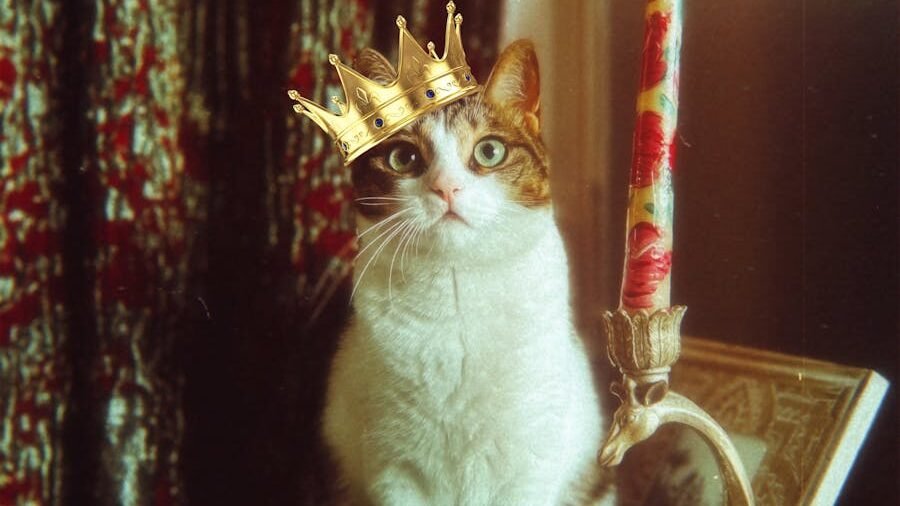
As exploration and colonization brought different parts of the world into contact, cats traveled with explorers as valuable pest controllers on ships. In modern times, they have been favored by royal figures such as Queen Victoria and more recently, Hermitage Museum cats in Russia, continuing the tradition of cats as cherished companions among the elite.
Cats Today: From Palaces to Pets
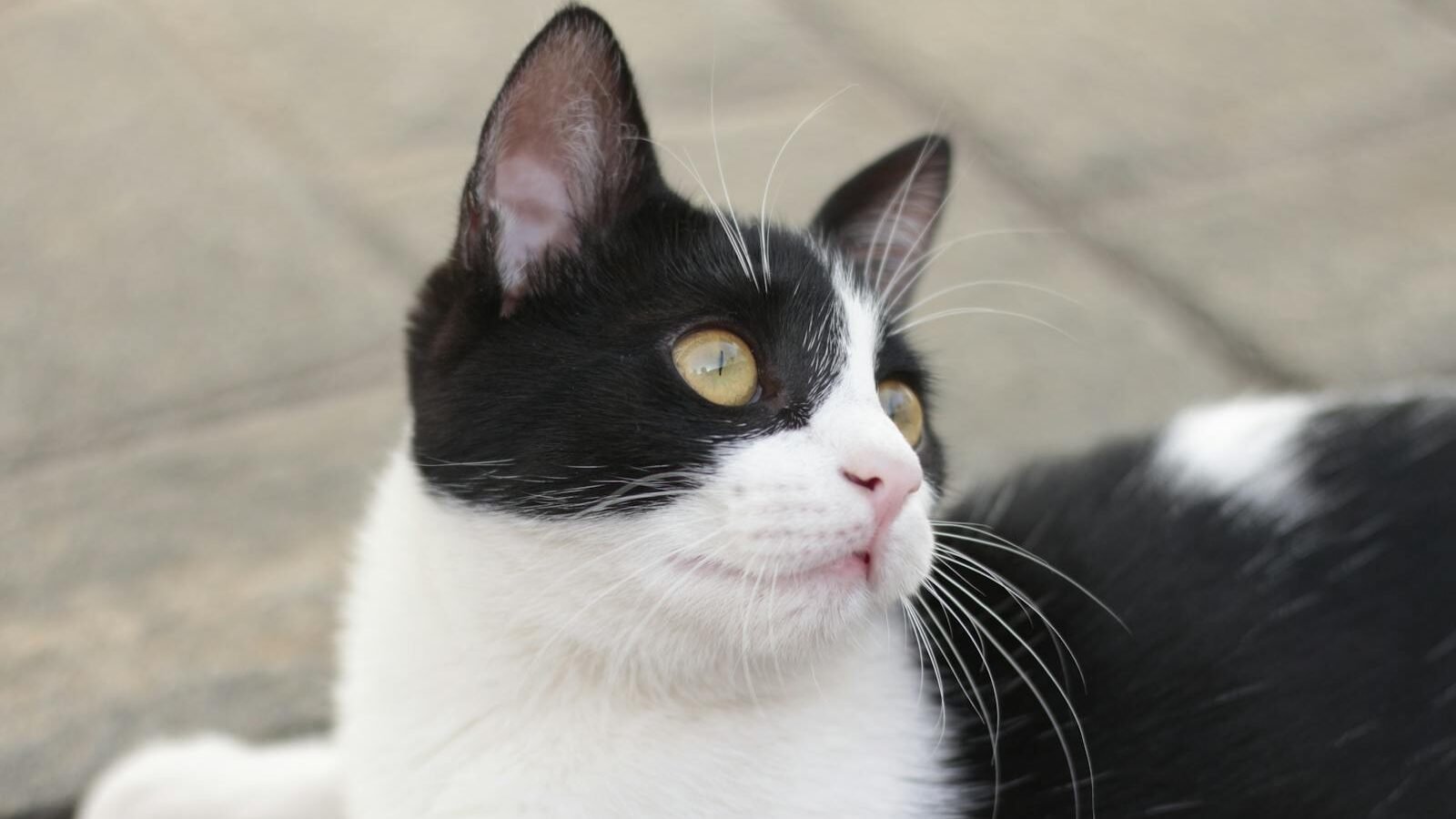
Photo by Luriko Yamaguchi via Pexels
Today, cats have moved from royal courts to become beloved family pets worldwide, still exuding an air of majesty that endears them to millions. Whether living in humble homes or the grandest palaces, their historical journey as royal companions continues to intrigue cat enthusiasts and historians alike.
Conclusion: Enduring Elegance of Cats
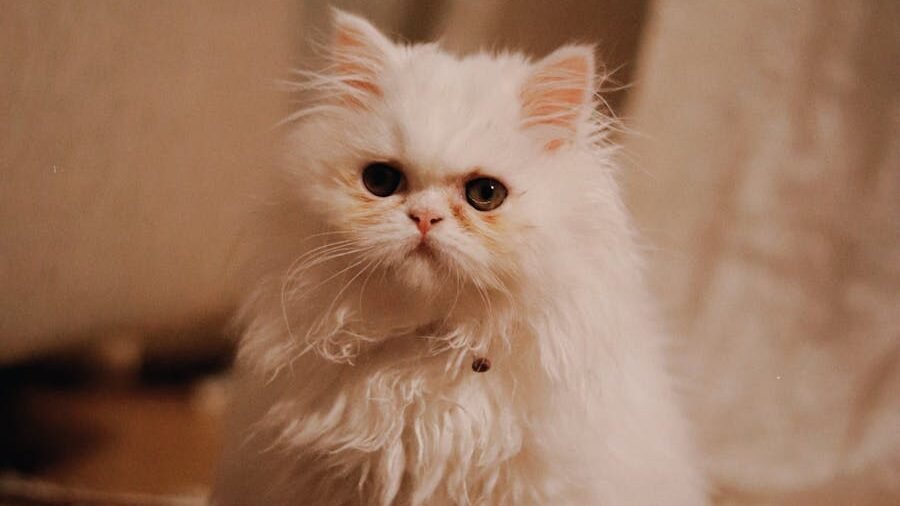
The history of cats as royal pets showcases their enduring elegance and ability to captivate hearts across cultures and eras. From ancient Egypt’s divine symbols to modern royal companions, cats have transcended their utilitarian roles to become symbols of grace, luxury, and mysterious elegance. Their story is one of adaptation and mutual affection, reflecting the timeless bond between humans and their feline friends.

With over a decade of experience as a dedicated cat lover and enthusiast, I specialize in writing captivating content about all things feline. My expertise shines through in creating engaging and informative pieces that resonate with fellow cat lovers. As a proud cat parent to my beloved Duston, my personal connection to the world of cats adds authenticity and warmth to my work, making it relatable and heartfelt.






